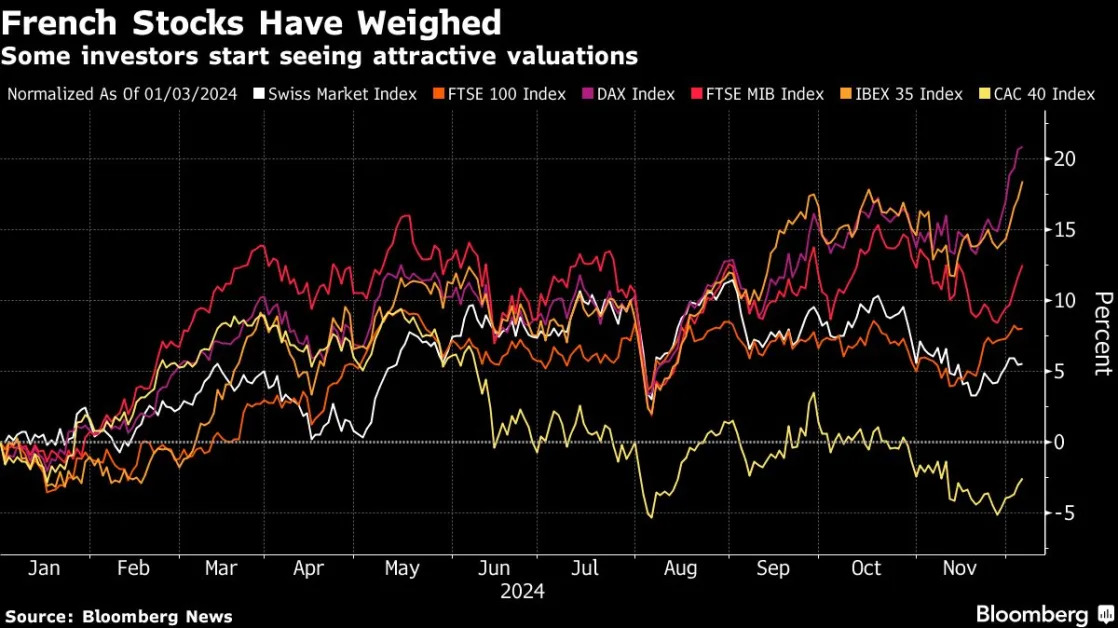It’s been a banner year for the stablecoin market – 11 straight months of inflows and an all-time market cap of $171 billion. Everyone’s jumping in, even the industries stablecoins threaten to disrupt.
Visa recently launched a platform to help banks issue stablecoins and use them across its network, with Spanish bank BBVA as one of its first takers. PayPal’s PYUSD, launched in 2023, recently reached a $1 billion market cap and recently executed its first business payment via stablecoin . Revolut is rumored to be launching its own stablecoin , and Stripe just struck a $1.1 billion deal with a major stablecoin platform.
This is in part because stablecoins have proven incredibly useful, and lucrative for issuers. They serve as a stable store of value, means for payments and commerce particularly for remittances, trading collateral, and trade settlements between traditional finance and blockchain networks. The underlying holdings of stablecoins, often U.S. treasuries or other short-term fixed income holdings, pay the issuers consistent yields.
While Tether and Circle pocket these profits, new and innovative market entrants are passing yields onto users to capture market share.
Ethena Labs launched in February 2024 on the promise of returning consistent yield through its stablecoin sUSDe. It delivered, and has amassed more than $1.2 billion in market cap. Others followed, such as Mountain Protocol and Paxos International , which also seeks to pass along the yield from underlying holdings directly to users. BitGo’s recent introduction of USDS and the Global Dollar Network’s USDG promise to spread “rewards” across their ecosystems.
Despite the attractiveness of this innovation, yield-bearing stablecoins are restricted in most major financial hubs, such as the U.S., because they are almost certainly securities operating outside of regulatory oversight.
This regulatory impasse has paved the way for a new class of competitors that threatens to overtake stablecoins: tokenized yield-bearing instruments like money market funds. These on-chain products, regulated by the SEC under the Investment Company Act of 1940, offer the same advantages as stablecoins — stable value, ease of transfer, and utility in settlements — while also providing steady returns through investing in U.S. treasuries, bonds, and cash-equivalents.
Leading asset managers BlackRock and Franklin Templeton are early movers into this space, having launched tokenized money market funds that to date have amassed nearly $1 billion in assets. More are to come, with State Street working on a tokenized bond and money market fund .
Now, BlackRock is advancing its money market fund and BUIDL token to be used as collateral for derivatives trading on DeFi exchanges . The benefit over stablecoins for this purpose is clear, as traders can continue to earn yield while posting BUIDL as collateral. This raises the question: Are stablecoin issuers fighting over a market that has already moved on?
The market opportunity for tokenized money market funds as a collateral source is currently confined to DeFi, which is estimated to reach $48 billion by 2031 according to IBS Intelligence . In comparison, the U.S. equity market cap alone is over $50 trillion, based on data from the World Federation of Exchanges (WFE) and the Securities Industry and Financial Markets Association (SIFMA).
Clearly, the real prize for these financial instruments lies in their application within traditional financial markets as they evolve from electronic to digital.
Achieving this, however, requires significant advancements in the underlying market infrastructure to enable the widespread use of tokenized funds as stablecoin proxies or sources of collateral. Currently, BlackRock's and Franklin Templeton's products operate within closed networks, available to select investors, with limited interoperability across different blockchain platforms.
Unlocking the full value of tokenized funds demands a public market infrastructure that can support the seamless trading, settlement, clearing, and custody of digital asset securities. The absence of a comprehensive market structure in the U.S. that supports the full lifecycle of digital asset securities trading is limiting access of these yield-bearing instruments to broader financial markets — for now.
As regulated, yield-bearing tokens backed by financial giants gain traction and market infrastructure evolves to support them, stablecoin issuers may find themselves fighting for a shrinking market. Tokenized money market funds offer not just stability and liquidity but also regulatory oversight and steady returns — qualities that could redefine the digital asset landscape and leave traditional stablecoins struggling to keep up.
Note: The views expressed in this column are those of the author and do not necessarily reflect those of CoinDesk, Inc. or its owners and affiliates.





